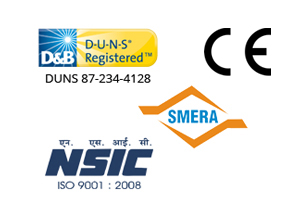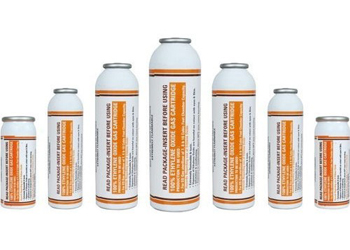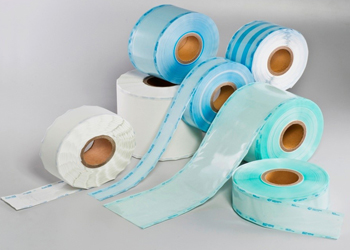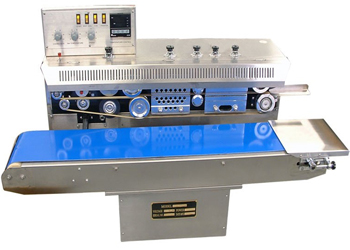In a hospital setting, sterilization is a critical process that ensures all medical instruments and equipment are free from harmful microorganisms, ensuring the safety of patients and healthcare staff. The selection of the appropriate sterilization method is crucial, as it directly impacts the effectiveness of infection control measures. Several factors influence the decision-making process, and understanding these factors is essential for healthcare administrators and sterilization professionals.
In this article, we will explore the various factors that influence sterilization method selection in hospitals. From compatibility with materials and regulatory standards to the required sterility levels and safety concerns, we will cover the key considerations that help determine the best sterilization method for different hospital applications.
Compatibility with the Materials Being Sterilized
One of the primary factors influencing the selection of a sterilization method is the compatibility of the method with the materials being sterilized. Not all sterilization methods are suitable for all types of materials, and using the wrong method can lead to damage or ineffectiveness in sterilization.
Material Sensitivity
Certain medical instruments and devices are sensitive to high temperatures, moisture, or chemicals. For example, plastic, rubber, and certain metals may degrade when exposed to high heat or harsh chemicals. In such cases, alternative sterilization methods must be considered. For instance, low-temperature sterilization methods like ethylene oxide (EO) gas or hydrogen peroxide vapor are preferred for delicate instruments such as endoscopes or catheters that cannot withstand high heat or steam.
On the other hand, autoclaving (steam sterilization) is commonly used for durable instruments like surgical tools, as it uses high heat and pressure but may not be suitable for heat-sensitive items.
Impact on Instrument Longevity
Repeated use of inappropriate sterilization methods can reduce the lifespan of medical equipment. For example, autoclaving can cause corrosion or deterioration of some metals and can affect the integrity of plastic materials. This is why hospitals must carefully choose sterilization methods that match the durability and sensitivity of the materials involved.
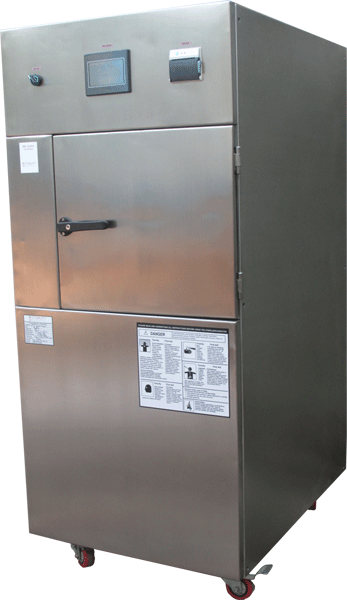
The Required Level of Sterility
The required level of sterility depends on the type of medical procedure the sterilized equipment will be used for. Different methods of sterilization can achieve varying levels of microbial reduction, and selecting the proper method ensures that the sterilization process is thorough enough to prevent infections.
Sterilization Classifications
Sterilization methods must achieve different classifications of sterility, based on the intended use of the equipment. For example:
- Critical Items: These are items that come into direct contact with sterile body tissues, such as surgical instruments, and require high-level sterilization (e.g., autoclaving, dry heat sterilization, EO gas).
- Semi-Critical Items: These come into contact with mucous membranes or non-intact skin, such as endoscopes or respiratory equipment. They require intermediate-level sterilization (e.g., high-level disinfectants, hydrogen peroxide sterilization).
- Non-Critical Items: These are items that come into contact with intact skin but not mucous membranes, such as blood pressure cuffs or stethoscopes. Low-level disinfection (e.g., chemical disinfectants) is sufficient for these.
The level of sterility required will directly influence the method chosen. For example, autoclaving is suitable for high-level sterilization of critical items, while hydrogen peroxide vapor may be more appropriate for semi-critical items that cannot withstand high temperatures.
The Cost of the Sterilization Method
Cost is always a significant consideration when selecting a sterilization method in hospitals, as healthcare systems must balance the need for effective sterilization with budget constraints. Each sterilization method comes with its own costs, which can include the initial setup, operational costs, and maintenance.
Initial and Operational Costs
- Autoclaving is a relatively low-cost method in terms of both initial investment and operational costs. However, it requires significant energy consumption, especially when used for large volumes of instruments.
- Ethylene oxide gas sterilization requires specialized equipment and involves higher operational costs due to the need for gas cartridges, controlled environments, and ventilation systems to remove toxic gas. However, it’s ideal for sterilizing heat-sensitive materials.
- Hydrogen peroxide vapor sterilization also requires specialized equipment and tends to be more expensive due to its energy consumption and higher initial investment.
Hospitals must also consider indirect costs, such as labor for loading and unloading sterilizers, monitoring cycles, and routine maintenance.
Cycle Time and Operational Efficiency
Cycle time is a critical factor in hospital sterilization because time is often of the essence. Hospitals aim for efficiency in all their processes, and sterilization is no exception. Sterilization cycles can vary significantly depending on the method used, and hospitals must ensure that sterilization processes do not disrupt the flow of operations or cause delays.
Speed vs. Effectiveness
- Autoclaving, while effective, can have relatively long cycle times, especially for large or heavy loads. The process involves both heating the items and maintaining pressure, which can take time.
- EO gas sterilization typically requires longer cycles due to the need to sterilize under low temperatures over extended periods. However, it is ideal for sensitive items, and hospitals can sometimes run multiple sterilization cycles in parallel.
- Hydrogen peroxide vapor tends to have shorter cycles compared to EO and is increasingly used for faster turnaround times, especially in settings with high throughput, such as operating rooms.
Balancing cycle times with the desired sterility level is essential to optimize operational efficiency in hospitals. Rapid sterilization methods are crucial in high-demand areas like operating rooms, where a continuous flow of sterilized instruments is necessary.
Adherence to Regulatory Compliance and Standards
Hospitals must comply with a range of national and international standards to ensure that their sterilization processes are safe and effective. Regulatory compliance is not only a legal requirement but also an essential part of patient safety.
Regulatory Bodies and Standards
Several organizations, including the U.S. Food and Drug Administration (FDA), Centers for Disease Control and Prevention (CDC), and the World Health Organization (WHO), set standards for medical sterilization practices. These standards ensure that hospitals adopt appropriate methods and maintain proper protocols for equipment sterilization.
Some of the common standards and regulations that hospitals must adhere to include:
- ISO 13485: This standard outlines the requirements for a quality management system in the manufacture of medical devices, including sterilization processes.
- AAMI ST79: This is a guideline provided by the Association for the Advancement of Medical Instrumentation (AAMI) that provides detailed guidance for hospital sterilization practices, including cycle parameters and safety protocols.
Hospitals must select sterilization methods that comply with these standards and regulations. Non-compliance can lead to serious consequences, including the risk of infection outbreaks and potential legal implications.
Safety for Both Patients and Staff
Safety is a paramount concern when selecting a sterilization method. Both patients and hospital staff must be protected from potential harm during the sterilization process.
Patient Safety
Patients are directly affected by the effectiveness of sterilization. If equipment is not adequately sterilized, there is a risk of transmitting infections, which can have serious consequences, particularly in surgeries or immunocompromised patients. Ensuring that the correct method is used based on the type of medical device and its intended use is crucial for maintaining patient safety.
Staff Safety
Staff members who operate sterilization equipment are also at risk if the process is not carefully managed. For example:
- Ethylene oxide (EO) gas can be toxic and hazardous to human health if not used in a properly ventilated environment. Hospitals must ensure that EO sterilization chambers have proper ventilation systems and that staff handling the equipment are trained in safety protocols.
- Autoclaving requires handling of high-pressure equipment and steam, which can lead to burns or injuries if not operated correctly.
Ensuring the safety of both patients and staff is not just about choosing the correct sterilization method but also about training personnel, maintaining equipment, and following strict protocols.
Conclusion
The selection of a sterilization method in hospitals is a complex decision that involves several factors, each critical to ensuring the safety of both patients and healthcare staff. The compatibility of the sterilization method with materials, the required sterility level, cost considerations, cycle time, regulatory compliance, and safety all play an integral role in choosing the right process for different hospital needs.
Hospitals must continually assess these factors, stay updated on new sterilization technologies, and ensure proper training and maintenance to maintain the highest standards of hygiene and patient care. By carefully considering all these factors, hospitals can ensure that their sterilization processes are both effective and efficient, ultimately helping to safeguard the health and safety of all individuals in the healthcare environment.

